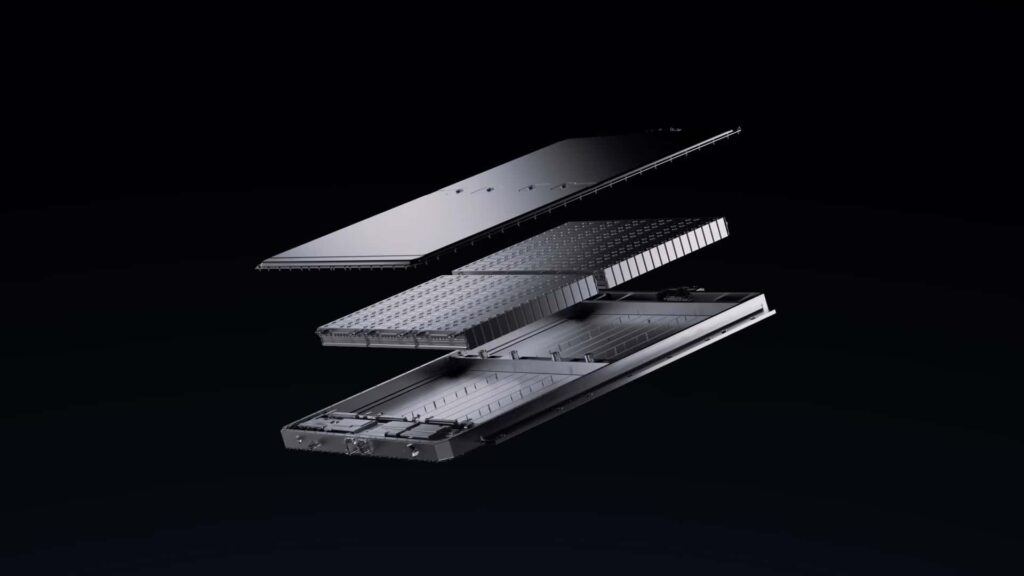This breakthrough by CATL is a significant development in the field of lithium metal batteries (LMB), as it not only increases energy density but also doubles the usable lifespan of the battery cell prototypes. This advancement is crucial for applications such as electric vehicles and electric aviation, as it brings these technologies closer to commercial viability.
The key to this breakthrough lies in the use of a new type of lithium salt for the battery electrolyte. CATL discovered that the main reason LMB cells failed in previous prototypes was due to the electrolyte being consumed, resulting in the accumulation of “dead lithium” in the cell. By switching to a LiFSI lithium salt, which offers higher conductivity and stability, CATL was able to prolong the lifespan of the higher-energy-density cell.
The latest prototype from CATL demonstrated a doubling of the lifespan with 483 cycles and an energy density of 500 Wh/kg. This energy density surpasses what is expected from solid-state batteries and is approximately twice the energy density provided by current nickel manganese cobalt batteries. The company’s use of the new electrolyte has proven to be a game-changer in improving the performance and longevity of LMBs.
Ouyang Chuying, co-president of Research & Development at CATL, emphasized the importance of focusing on the durability of the electrolyte in battery research. This finding underscores the significance of selecting the right electrolyte components to enhance battery longevity and overall performance.
While there is still much research and development needed before LMBs can be widely adopted in electric vehicles, CATL’s breakthrough marks a significant step in the right direction. By addressing the challenges of balancing energy density and lifespan in battery cells, this advancement paves the way for the future commercialization of high-performance batteries for various applications.

